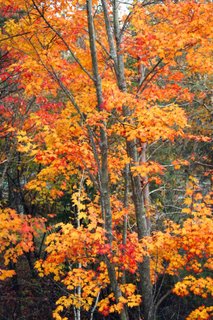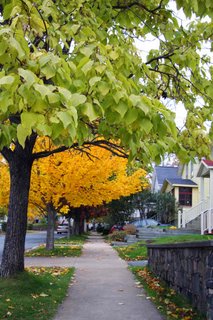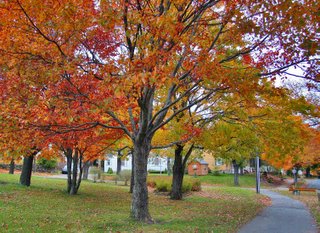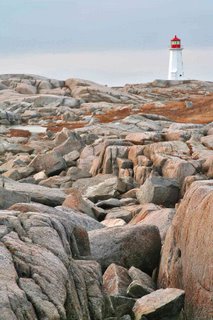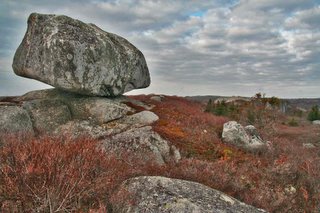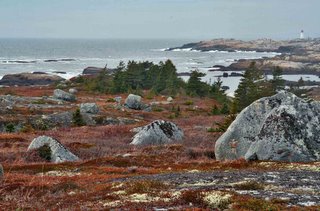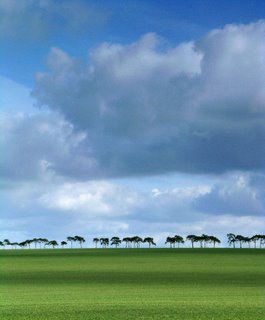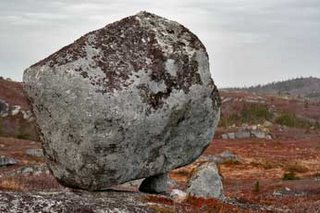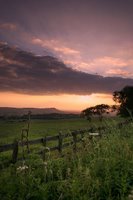Just to the north of Cambridge is Wicken Fen Nature Reserve, which is one of the few remaining fenlands of this area. You can read all about it
here.
I really like this place, because it's a landscape unlike anywhere else. It's flat, but it's interesting too, and the windmill is a nice focal point for any picture.
I've been there 2 or 3 times since coming to Cambridge, and intend to go back many times more, as the mood of the place changes depending on the time of year, time of day, and the weather.

The first shot was taken to try and put the windmill and the fen reeds in close proximity, and to go for a bit of a different composition. I like it, but feel it could have been better with a little more care on the composition. The sky was very bland, so I used another sky - taken in the same location - and blended that in using the multiply mode. I warmed up the colours to fit in to that end-of-day feel. It changes the image dramatically, and I think it looks reasonably natural (although the eagle-eyed among you will see that the sky doesn't seem to be "behind" the windmill blades in places).

The next one was taken on another day, different time of day, and feel has changed. This one feels more typically like a summer shot, but I wanted to get the shape of the reeds as they curve towards the windmill. The portrait format helps this movement through the picture I think.
The sky wasn't terribly interesting, so I decided on placing the horizon really near the top of the frame, and allowing the shape of the reeds to dominate. Afterwards, I noticed the nice symmetry of the shape of the reeds with the cut section - like the interlinking
"yin and yang" symbol.

Should appeal to Damian's love of symmetry.

On another visit (right), the sky was really stormy and brooding, and the light was falling nicely on the white blades of the windmill. It lasted only a few minutes, but I knew it was coming (this time) and was there, waiting.
I deliberately tried some different compositions, but in retrospect I think I should have stepped out 2-3 steps to the right, and got more of the line of reeds leading to the windmill - in this shot, your eye isn't sure what to look at: windmill, reeds, sky. It's a bit cluttered and messy, which is a shame as the light and mood is wonderful.
 In the next shot, I wanted to emphasis the wide open flatness of this unique area.
In the next shot, I wanted to emphasis the wide open flatness of this unique area.
Thankfully, the sky was still stormy and added some drama, so I tried to get as much of this in as possible, while using the line of the dyke as a visual device to lead the viewer in.
This picture breaks the old "Rule of Thirds" for composition - but that's OK I think. When there's enough going on, and the interest top and bottom is balanced (but relating to different visual themes), it's OK to split the image in this 50:50 way. If I'd chopped it any other way (cropping the top or the bottom), it would not be as effective a picture in my opinion.
The final image was taken at the end of the day, when the light was really beginning to fade, and I was frozen solid. The dynamic range of the lighting meant that exposing for the sunset led to a pitch-black foreground, and exposing for the foreground led to an over-exposed bland sky. So, I took two pictures, and blended them together in Photoshop. This is the digital equivalent of using a graduated filter to hold the sky in traditional film photography, but the level of control afforded by the digital medium if far greater. I didn't blend these two together that carefully - and I intend to return to this image in the future - but you can see how it leads to a balanced image. Your eye can take in a scene with a far wider dynamic range than film or a digital sensor, so to me this represent a much "truer" representation of what I saw, and thus it's justified as a photographic technique.
the day, when the light was really beginning to fade, and I was frozen solid. The dynamic range of the lighting meant that exposing for the sunset led to a pitch-black foreground, and exposing for the foreground led to an over-exposed bland sky. So, I took two pictures, and blended them together in Photoshop. This is the digital equivalent of using a graduated filter to hold the sky in traditional film photography, but the level of control afforded by the digital medium if far greater. I didn't blend these two together that carefully - and I intend to return to this image in the future - but you can see how it leads to a balanced image. Your eye can take in a scene with a far wider dynamic range than film or a digital sensor, so to me this represent a much "truer" representation of what I saw, and thus it's justified as a photographic technique.
Hope you like the pics
Ivan

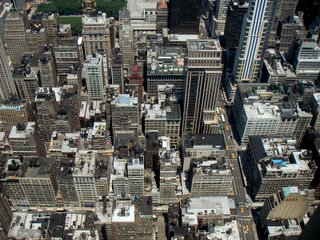

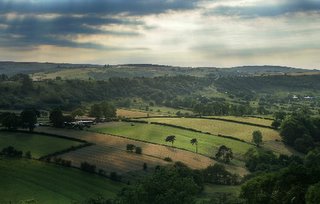

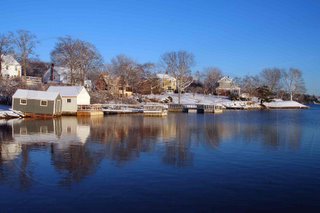
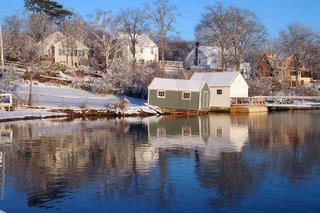
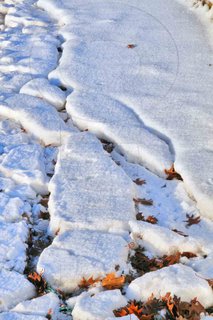


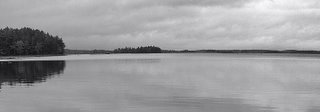




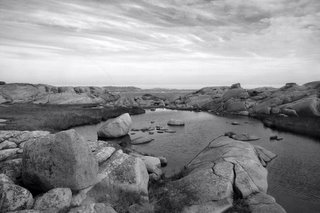
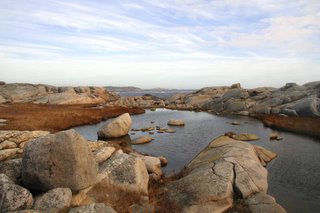



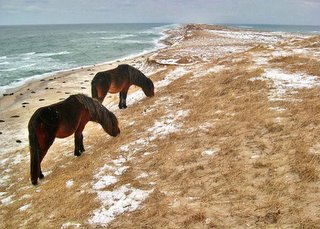




 Should appeal to Damian's love of symmetry.
Should appeal to Damian's love of symmetry. 




